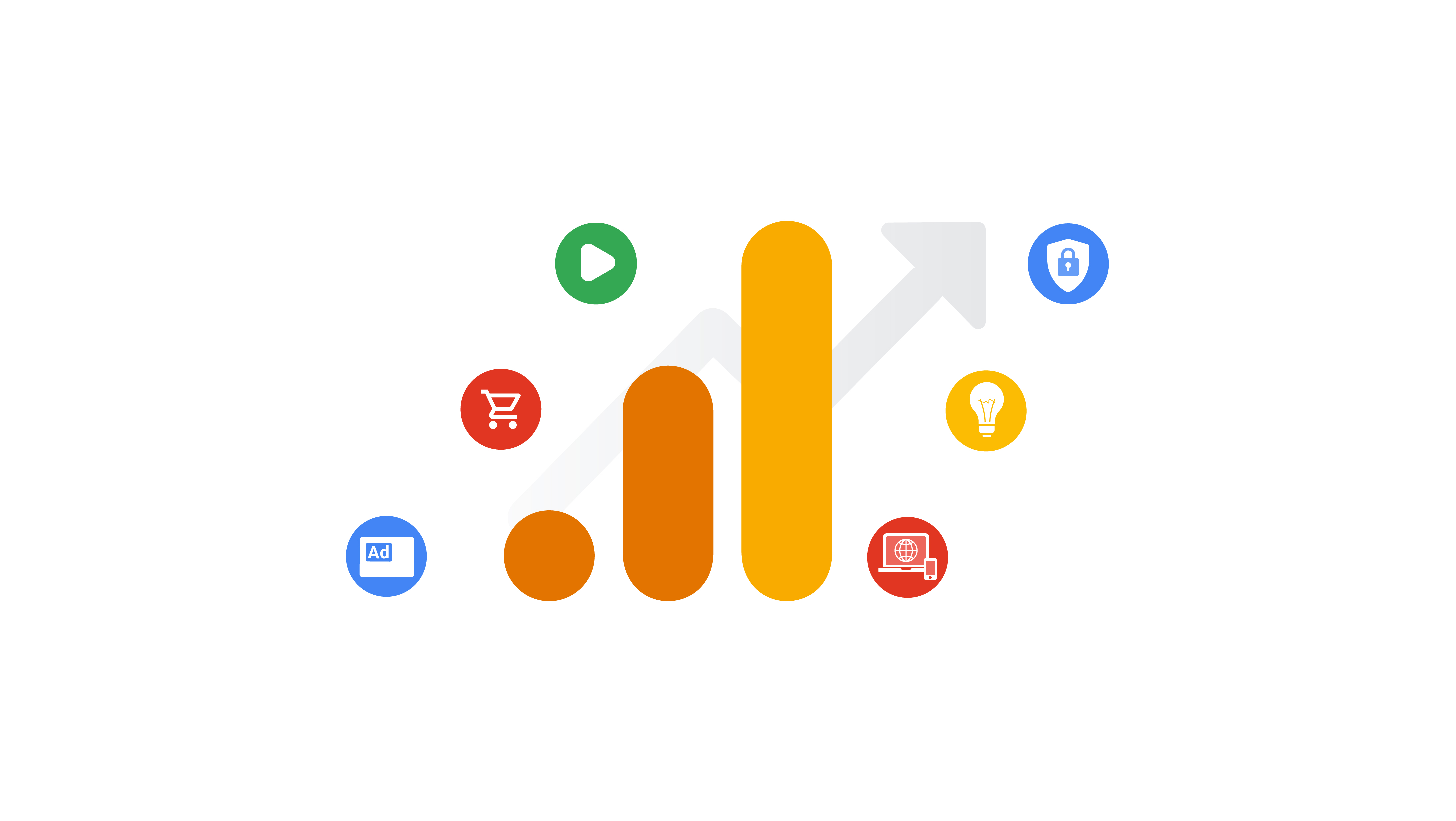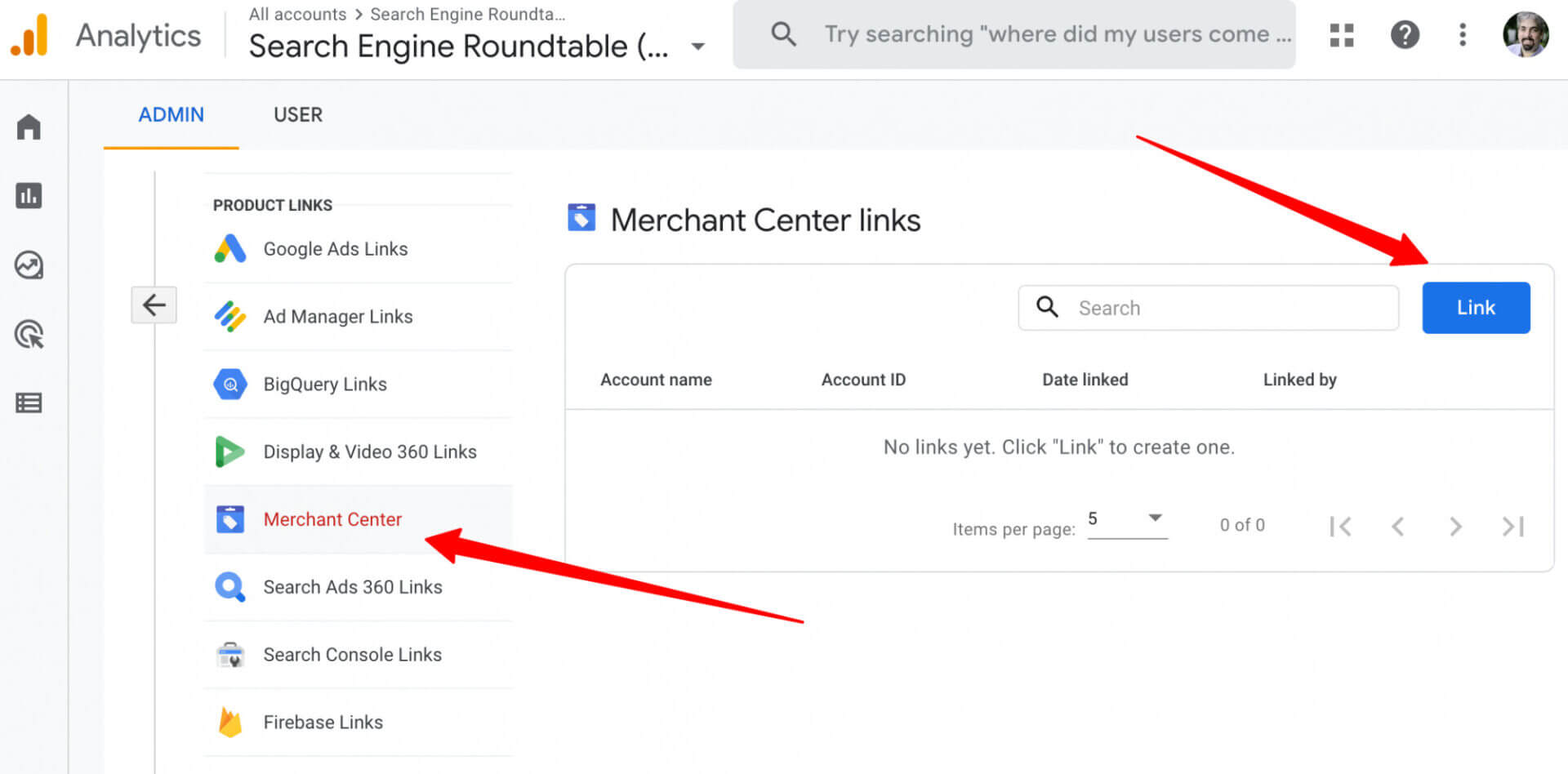Drop us a line and say hi!
Whether you have questions about pricing, features, or anything else, our team is ready to answer all your questions.
Google Analytics 4 (GA4) has arrived, and it's time for marketers and business owners to make the switch from Universal Analytics (UA). This new generation of web analytics brings a wealth of benefits, including enhanced data tracking, customisable reporting, predictive insights, and cross-platform tracking.
In this comprehensive guide, we will explore what GA4 offers, how to set it up, and how to leverage its features for better business insights. Get ready to unlock the full potential of GA4 and take your analytics game to the next level.
Google Analytics 4 (GA4) is the latest version of Google Analytics, offering advanced features and enhanced capabilities for tracking and analysing customer usage metrics. Unlike its predecessor, GA4 goes beyond simply tracking website traffic and focuses on providing in-depth insights into how users interact with your website and app. This new generation of web analytics is designed to empower marketers with valuable data and customisable tracking options.

In addition to its analytics prowess, GA4 places a strong emphasis on customer privacy and compliance with privacy laws, such as GDPR and CCPA. With privacy-first tracking, cross-channel data measurement, and AI-driven predictive analytics, GA4 ensures that businesses can gain unparalleled insights while maintaining user privacy and data protection.
When comparing GA4 to Universal Analytics, the most significant difference is the expanded tracking capabilities. GA4 enables marketers to report on activity across both websites and applications, offering a holistic view of user engagement. The shift from Universal Analytics to GA4 is not just an upgrade but a transformation that provides marketers with a more comprehensive and customisable analytics platform.
The new dashboard in GA4 presents a more streamlined design, providing marketers with a fresh user experience. While some familiar reports may have been moved or removed, the new navigation bar offers easy access to essential features, including home, reports, explore, advertising, configure, and library. The dashboard also includes predictive insights powered by Google's AI, offering valuable data at a glance.
Image Source: Google Support
One of the key changes in GA4 is the shift from page views to event-based measurements. Instead of focusing solely on page views, GA4 treats all measurements as events, providing a more comprehensive understanding of user interactions. This event-based approach allows for more detailed reports and insights, giving marketers a deeper understanding of how users engage with their apps and websites.
GA4 introduces engagement metrics that go beyond traditional behaviour metrics. Marketers now have access to metrics such as engaged sessions, engagement rate, and engagement time, enabling them to gain a deeper understanding of user behaviour. Furthermore, GA4 tracks various dimensions, including attribution, demographics, and events, providing marketers with a rich dataset for analysis.
Predictive insights are another powerful feature of GA4. With AI-driven predictive analytics, marketers can make data-driven decisions on a large scale. Metrics such as purchase probability, churn probability, and revenue prediction enable businesses to create targeted audiences and optimise their campaigns. GA4's predictive insights not only impact marketing efforts but also enhance website performance by enabling the creation of custom funnels based on user behaviour.
To transition to GA4, there are specific steps to follow depending on your current setup. If you already have a Universal Analytics property for your website, you can set up a GA4 property alongside it using the GA4 Setup Assistant in Google Analytics. This streamlined process allows for a seamless transition and ensures that you can continue tracking data effectively.
Image Source: Google Support
For those using Google Analytics for Firebase, upgrading your account to GA4 is a straightforward process. By logging into the Firebase console and following the on-screen instructions, you can complete the upgrade and access app analytics in both the Firebase console and Google Analytics.
It's essential to make the switch to GA4 before Universal Analytics stops collecting new data in July 2023 (this month!). While the migration process may seem daunting, taking the necessary steps now will ensure a smooth transition and prevent any loss of historical data. If you have questions about the switch, consult the FAQ section or seek assistance from professionals such as the team here at Click Creative experienced in GA4 implementation.
The search bar in GA4 is a powerful tool that provides instant answers and specific insights. By entering queries such as "how to create a report" or "top users by city," marketers can quickly access relevant information, property configurations, or help content. Familiarising yourself with the search bar's functionality will expedite your learning process and help you navigate GA4 effectively.
The new dashboard in GA4 may appear different from what you're accustomed to, but it offers a range of insightful reports. Exploring the reports dashboard, accessed by clicking the graph icon in the navigation bar, provides snapshots of various reports. These reports cover engagement, acquisition, monetization, and user demographics, allowing you to analyse different aspects of your website or app performance. The ability to compare metrics and create custom visualisations provides further flexibility in understanding your data.
Customising your reports snapshot is a useful feature in GA4. By creating a new report and personalising its layout, you can have a quick overview of the metrics that matter most to your business. This customization option allows you to tailor GA4 to your specific needs and gain immediate insights into your key performance indicators. Additionally, GA4 works seamlessly with Google Data Studio, enabling you to create custom visualisations and dashboards.
Image Source: Google Support
Creating new events in GA4 is essential for comprehensive data collection. Utilising enhanced measurement, you can automatically collect events such as page views, downloads, outbound clicks, video engagement, and scrolls. Additionally, GA4 provides the flexibility to set up custom events using conditions and parameters, empowering you to track specific user actions. Leveraging enhanced measurement and event creation ensures that you capture the necessary data to gain valuable insights.
GA4 offers advanced features that empower marketers to unlock the full potential of their analytics efforts. Cross-platform tracking is a key capability of GA4, enabling businesses to understand the complete customer journey across websites and apps. By tracking user interactions through unique user IDs, GA4 provides comprehensive insights into user acquisition, engagement, monetization, and retention. This holistic view of the customer journey allows for more targeted marketing strategies and accurate customer modelling.
Product Linking is another valuable feature in GA4 that allows you to link data between different Google products. By integrating Google Merchant Center, Google Optimise, and BigQuery, you can enhance your data analysis and gain deeper insights. This seamless integration between Google products enables you to leverage the strengths of each tool and harness the full power of your data.

Image Source: Search Engine Land
Customisation options in GA4 play a vital role in tailoring the analytics platform to your specific business needs. From creating custom reports and dashboards to personalising navigation labels, GA4 offers extensive customization capabilities. By aligning GA4 with your unique reporting requirements and objectives, you can effectively track and analyse the data that matters most to your business.
Lastly, GA4 harnesses the power of machine learning to provide advanced analytics capabilities. Anomaly detection identifies statistical differences in data, allowing marketers to identify significant trends or outliers quickly. Predictive analytics enables businesses to make data-driven decisions by providing insights into metrics such as lifetime value, churn probability, and likely purchases. Furthermore, GA4 offers attribution models, allowing for comprehensive analysis of conversion paths and touch points.
Google Analytics 4 is a game-changer for marketers and business owners, offering advanced analytics capabilities and valuable insights into customer behaviour. By making the switch from Universal Analytics to GA4, businesses can unlock a new level of data tracking, customisation, and predictive analytics. This guide has provided an overview of GA4, guided you through the setup process, shared tips for navigating the platform, and highlighted its advanced features. Embrace the power of GA4 and stay ahead of the competition by leveraging its capabilities to drive business growth and make data-driven decisions.
Find this all a little overwhelming? Want to get your analytics skills up to speed? Let us help you get GA4 running successfully for your business. We'd like to give you a 'GA4 - What's in it for me?' 45 minute complimentary session with one of our digital specialists either in person or via Zoom. In this informative session you'll learn a little more on how to understand your audience behaviour and buyer intent.